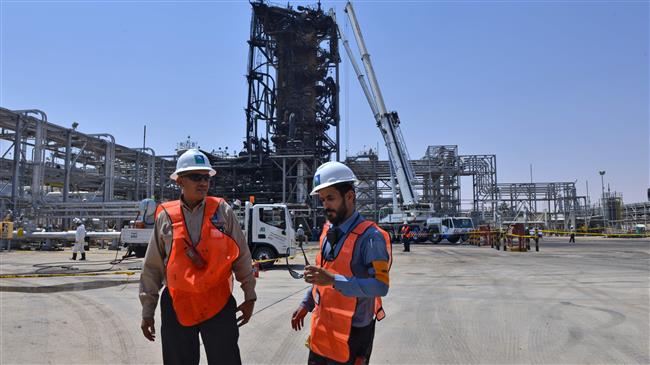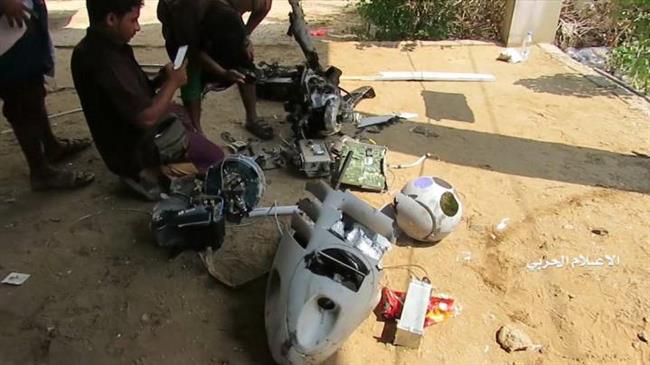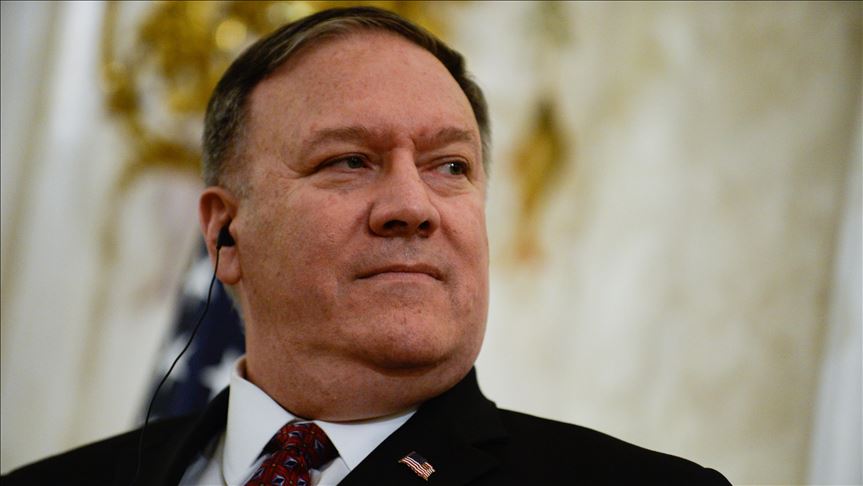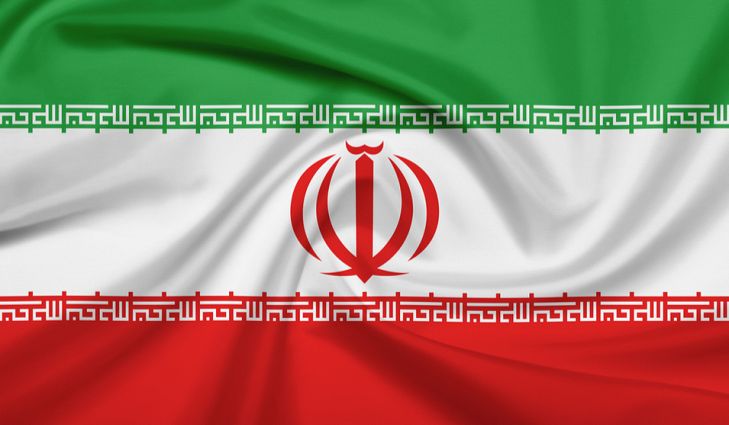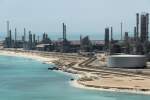The spokesman for Yemeni Armed Forces says they targeted airports in southern Saudi Arabia and facilities belonging to Aramco oil giant over the past week in reprisal for the Riyadh regime's air raids on the impoverished country.
Publish dateSunday 2 February 2020 - 04:05
Story Code : 202512
Speaking at a press conference in Sana’a on Wednesday, Brigadier General Yahya Saree said Yemeni fighters launched 26 rocket attacks on airports in Saudi Arabia's Jizan, Abha and Najran regions as well as Khamis Mushait base, Aramco company and sensitive sites inside the kingdom on January 25-30.
The airports hit in the Yemeni operation are used by the enemy for military purposes, he added.
“The command’s instructions were clear to strike Saudi facilities and military bases in response to the airstrikes," Saree said, noting that the operation inflicted a major defeat on the enemy and caused hundreds of the Saudi-led mercenaries to flee.
The retaliatory attacks are the first of their kind since late September, when the popular Houthi Ansarullah movement said it would halt its retaliatory missile and drone attacks on Saudi Arabia if the Riyadh-led military coalition ended its aerial assaults on Yemen.
The announcement came after the Houthis claimed responsibility for the September 14, 2019 air raids on Aramco installations, which disrupted about half of Saudi Arabia's oil capacity or 5 percent of the daily global oil supply.
Saudi Arabia and the US rushed to blame the attacks on Iran without providing any evidence.
Last December, however, UN Secretary General Antonio Guterres said that the world body’s investigators were “unable to independently corroborate” claims that the Islamic Republic was behind the Aramco raids.
Recently, the Houthis have engaged in clashes with militants loyal to former Saudi-backed President Abd Rabbuh Mansur Hadi in the Nihm district of Sana'a Province.
Elsewhere in his remarks, Saree said that the Yemeni forces had managed to fend off the militant attack on Nihm and were advancing to Sana'a's neighboring provinces of al-Jawf and Ma’rib.
“With the defeat of the enemy forces, the Yemeni Armed Forces continued to advance beyond Nihm,” he pointed out.
In another press conference earlier this week, Saree estimated that the Ma’rib operation, dubbed al-Bunyan al-Marsoos, has liberated 2,500 kilometers of territory and caused the enemy to lose thousands of its elements.
UN experts claim Houthis getting weapons similar to Iran’s
In a separate development, UN experts claimed that the Houthis are receiving parts for drones and weapons, some with technical characteristics similar to arms manufactured in Iran.
In a report to the UN Security Council obtained Friday by The Associated Press, the experts argued that an alleged smuggling route “seems to run overland from Oman and the southern coast of Yemen, through territory controlled by the [self-proclaimed] government of Yemen, towards Sana'a."
Commenting on the Aramco attacks, they further claimed that “despite claims to the contrary, the Houthi forces are unlikely to be responsible for the attack, as the estimated range of the weapon systems used does not allow for a launch from Houthi-controlled territory.”
Nonetheless, they added, a number of other attacks using the same drones and land-based cruise missiles can be attributed to the Houthis.
Saudi Arabia and a coalition of its vassal states launched the war on Yemen in March 2015 in an attempt to reinstall the Hadi regime and eliminate the Houthis.
The military aggression, coupled with a naval blockade, has killed and injured hundreds of thousands of people, and plunged Yemen into what the UN says the world's worst humanitarian crisis.
The airports hit in the Yemeni operation are used by the enemy for military purposes, he added.
“The command’s instructions were clear to strike Saudi facilities and military bases in response to the airstrikes," Saree said, noting that the operation inflicted a major defeat on the enemy and caused hundreds of the Saudi-led mercenaries to flee.
The retaliatory attacks are the first of their kind since late September, when the popular Houthi Ansarullah movement said it would halt its retaliatory missile and drone attacks on Saudi Arabia if the Riyadh-led military coalition ended its aerial assaults on Yemen.
The announcement came after the Houthis claimed responsibility for the September 14, 2019 air raids on Aramco installations, which disrupted about half of Saudi Arabia's oil capacity or 5 percent of the daily global oil supply.
Saudi Arabia and the US rushed to blame the attacks on Iran without providing any evidence.
Last December, however, UN Secretary General Antonio Guterres said that the world body’s investigators were “unable to independently corroborate” claims that the Islamic Republic was behind the Aramco raids.
Recently, the Houthis have engaged in clashes with militants loyal to former Saudi-backed President Abd Rabbuh Mansur Hadi in the Nihm district of Sana'a Province.
Elsewhere in his remarks, Saree said that the Yemeni forces had managed to fend off the militant attack on Nihm and were advancing to Sana'a's neighboring provinces of al-Jawf and Ma’rib.
“With the defeat of the enemy forces, the Yemeni Armed Forces continued to advance beyond Nihm,” he pointed out.
In another press conference earlier this week, Saree estimated that the Ma’rib operation, dubbed al-Bunyan al-Marsoos, has liberated 2,500 kilometers of territory and caused the enemy to lose thousands of its elements.
UN experts claim Houthis getting weapons similar to Iran’s
In a separate development, UN experts claimed that the Houthis are receiving parts for drones and weapons, some with technical characteristics similar to arms manufactured in Iran.
In a report to the UN Security Council obtained Friday by The Associated Press, the experts argued that an alleged smuggling route “seems to run overland from Oman and the southern coast of Yemen, through territory controlled by the [self-proclaimed] government of Yemen, towards Sana'a."
Commenting on the Aramco attacks, they further claimed that “despite claims to the contrary, the Houthi forces are unlikely to be responsible for the attack, as the estimated range of the weapon systems used does not allow for a launch from Houthi-controlled territory.”
Nonetheless, they added, a number of other attacks using the same drones and land-based cruise missiles can be attributed to the Houthis.
Saudi Arabia and a coalition of its vassal states launched the war on Yemen in March 2015 in an attempt to reinstall the Hadi regime and eliminate the Houthis.
The military aggression, coupled with a naval blockade, has killed and injured hundreds of thousands of people, and plunged Yemen into what the UN says the world's worst humanitarian crisis.
avapress.net/vdcb85b55rhbgsp.4eur.html
Tags
Top hits
